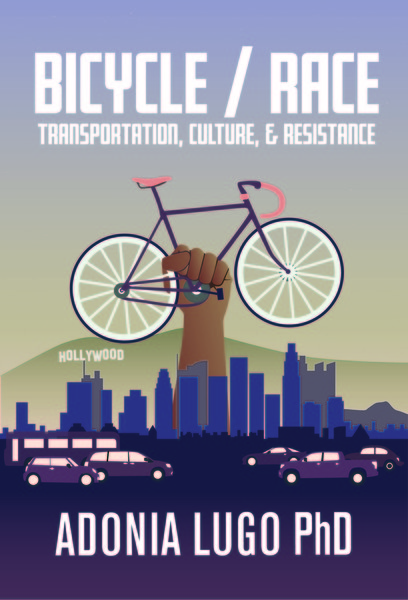I like to collect outsiders' impressions of American sprawl and highway systems. As a child of Orange County, I've long struggled with my simultaneous love of Southern California and revulsion at the way the gorgeous landscape has been carved into intensely unoriginal if immensely profitable tract homes. Something in the alternately adoring and satirical reports of my land by particular Europeans resonates for me.
Jean Baudrillard's America got my goat because I found it being used as an academic representation of postmodern Southern California, and while I won't give it that authority, I do like the voice of the sophisticated tourist.
Reyner Banham's Los Angeles: The Architecture of Four Ecologies surprised me with its attention to historical context, but it dismissed as unfathomably boring the part of LA where I live and will be studying for my dissertation project. What he calls the "Plains of Id," the vast flat stretches of the LA basin that reach from the mountains to the sea, encompasses the old urban core of LA, the part I like the best and where lots of bicycle change is happening.
His vision of "Autopia," though, rings true, and gets represented visually in Wim Wenders' Paris, Texas. This film, starring the winsome Harry Dean Stanton, came out in 1984 and splits its time between sweeping Texan landscapes and an incredibly uninteresting suburb overlooking the Burbank airport. Harry Dean and the boy who plays his son escape from the suburb and spend days driving back to Texas, with the camera following their passage through country highways and the interstates of Houston.
Before that, though, Harry Dean comes upon a man screaming on a freeway overpass in the early light of dawn. His rant dooms the whole San Fernando Valley and its inhabitants to a future outside the "safety zone," and the freeways along which they flow are roads to nowhere. I appreciated finding a bit of critique tucked in between all the shots contrasting pink and green neon in portrayals of an aestheticized West of the road.

